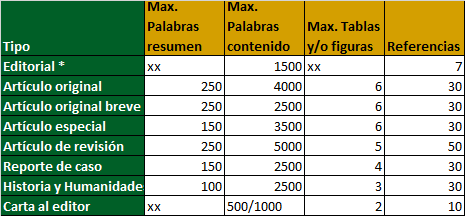Covid-19 epidemiology in Latin America
DOI:
https://doi.org/10.37711/rpcs.2020.2.2.126Keywords:
severe acute respiratory syndrome, COVID-19, coronavirus, quarantine, angiotensin converting enzyme 2, Peptidyl dipeptidase A., Latin America, public health, human body, severe acute respiratory syndrome, coronavirus infections, China, disease outbreaksAbstract
Severe acute respiratory syndrome (SARS), is caused by coronavirus (SARS-CoV-2). It uses the angiotensin-converting enzyme 2 receptor (ACE2) to invade human bodies. In December 2019, an unprecedented outbreak of pneumonia of unknown etiology emerged in Wuhan City, Hubei Province of China. The outbreak was reported to the WHO on December 31, 2019, who on February 11 named it COVID-19. Latin America was no exception to this public health problem. On February 25, 2020, the Brazilian Department of Health confirmed the first confirmed case of a 61-year-old Brazilian man. Currently, despite rigorous global containment and quarantine efforts, the incidence of COVID-19 continues to rise, with 3,435,894 laboratory confirmed cases and more than 239,000 deaths worldwide. In response to this global outbreak, we will conduct an epidemiology review regarding Latin American.
Downloads
Downloads
Published
How to Cite
Issue
Section
License
Copyright (c) 2020 Revista Peruana de Ciencias de la Salud

This work is licensed under a Creative Commons Attribution 4.0 International License.
























